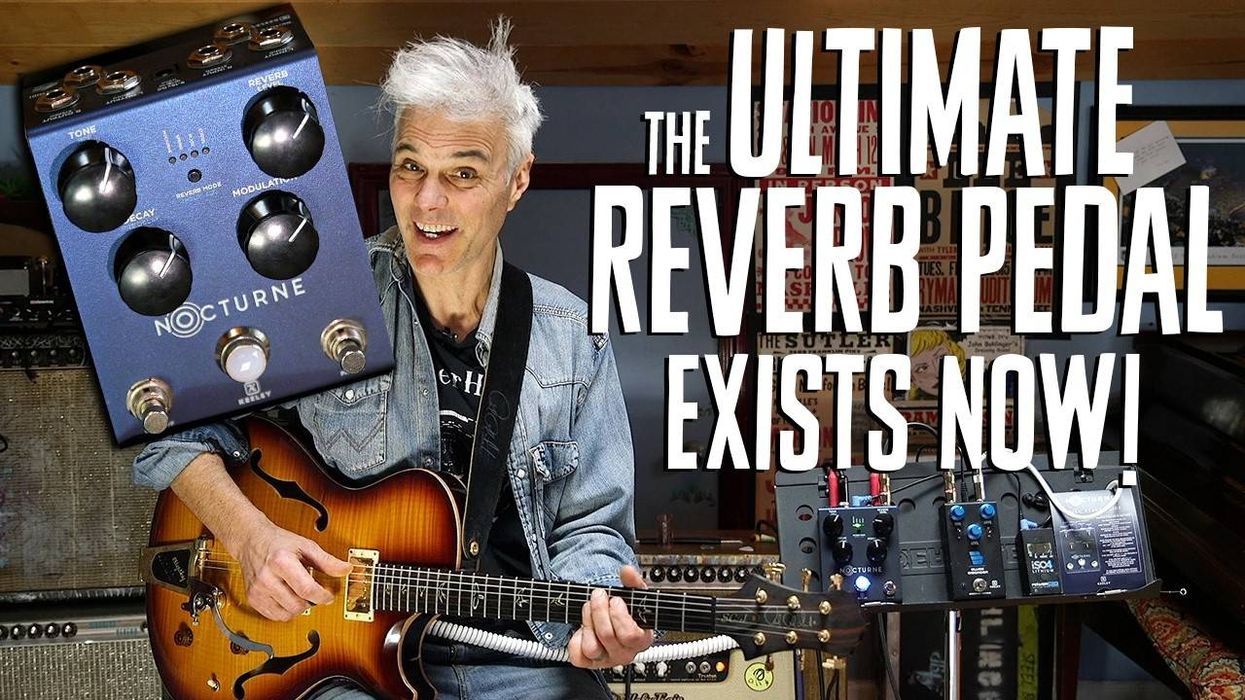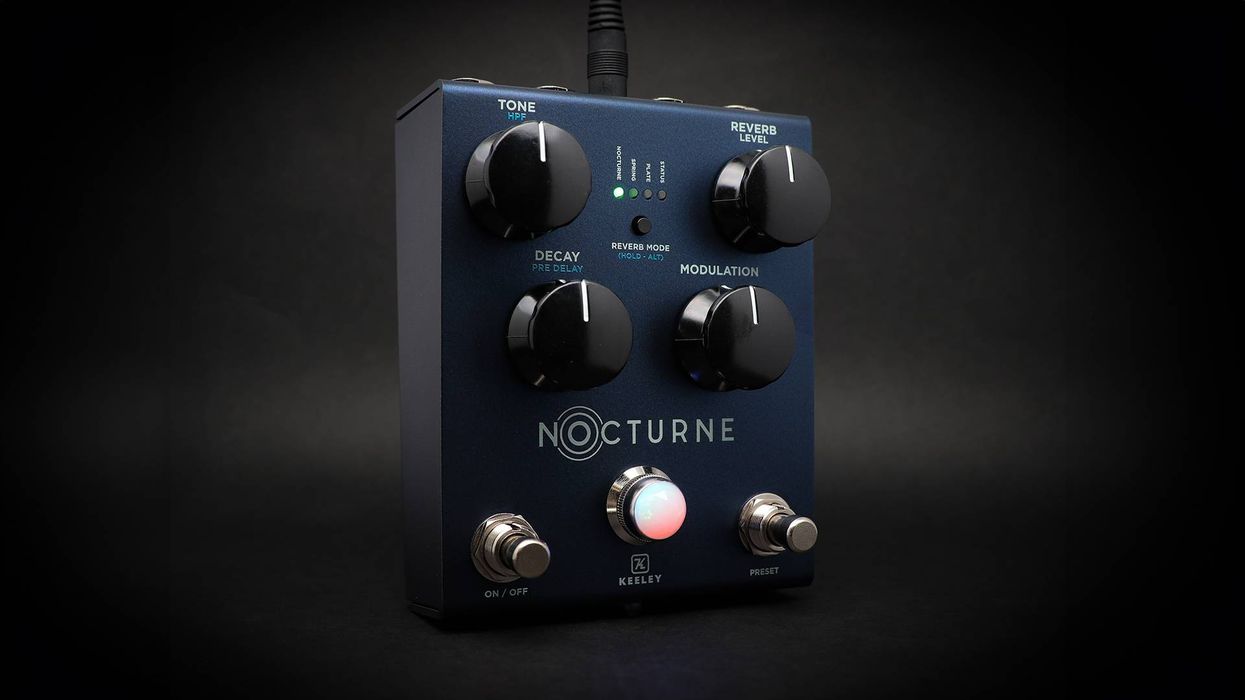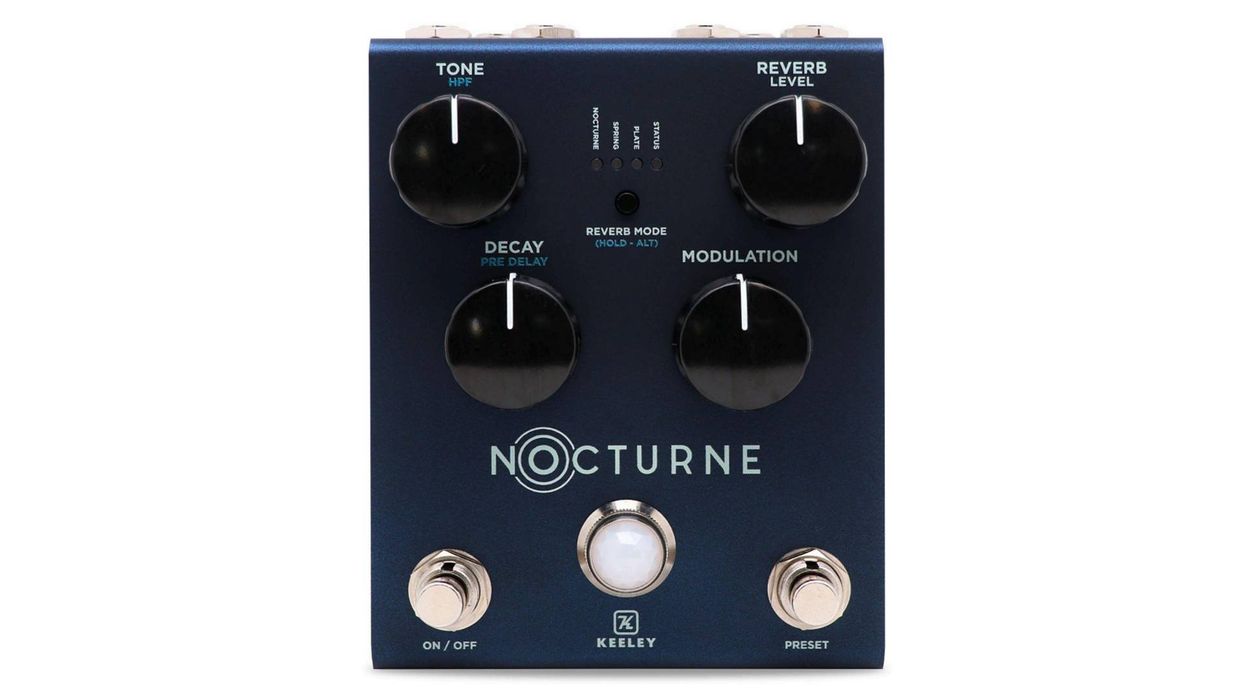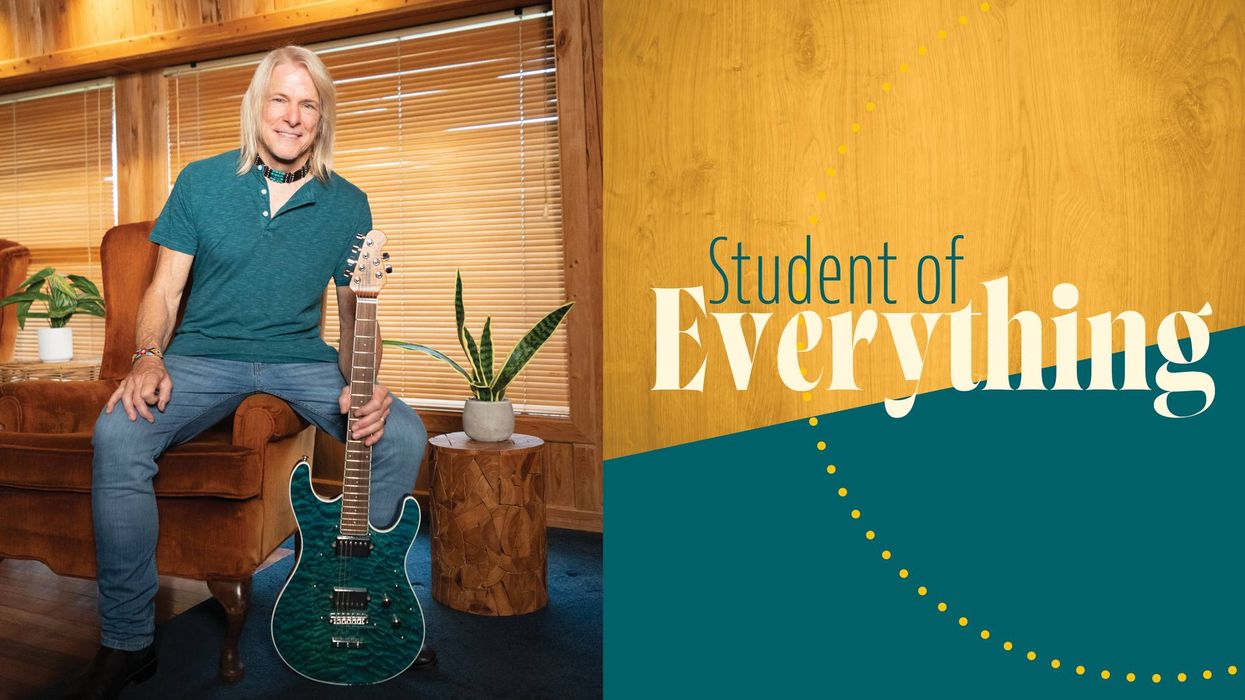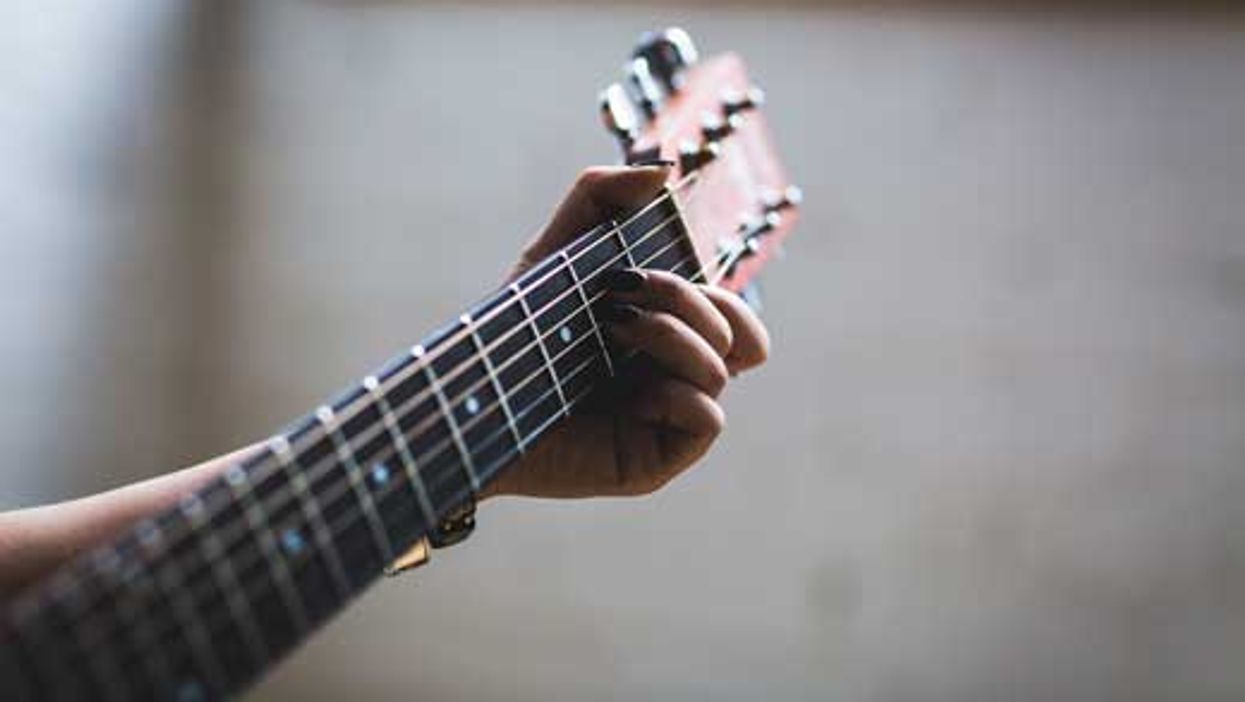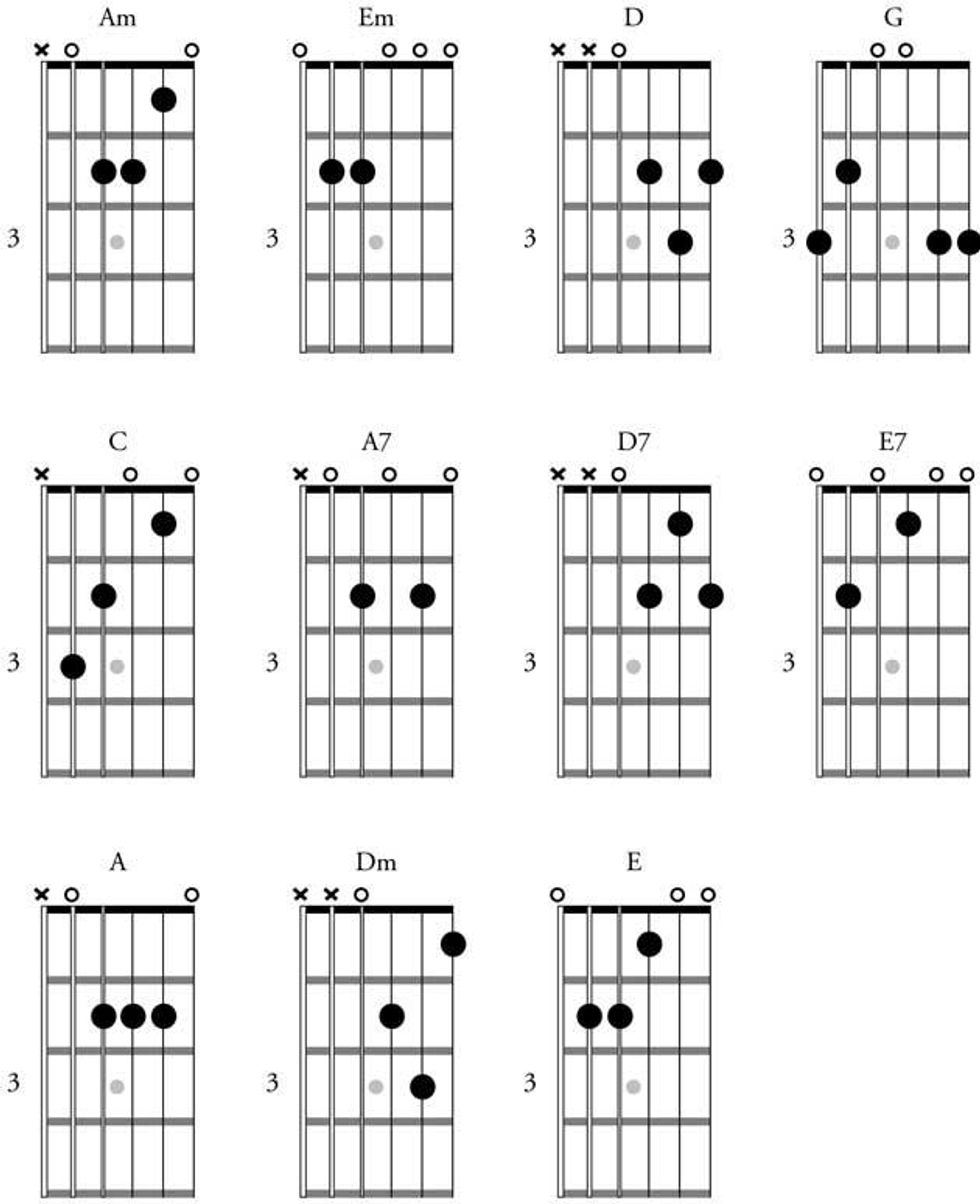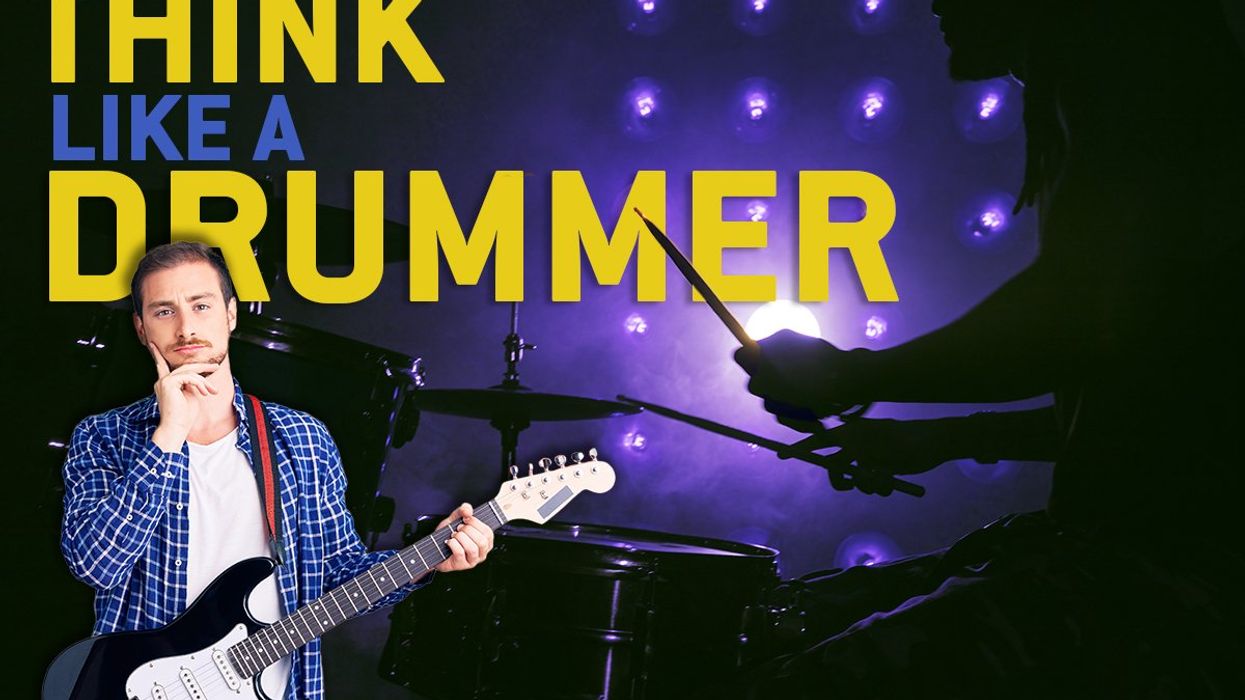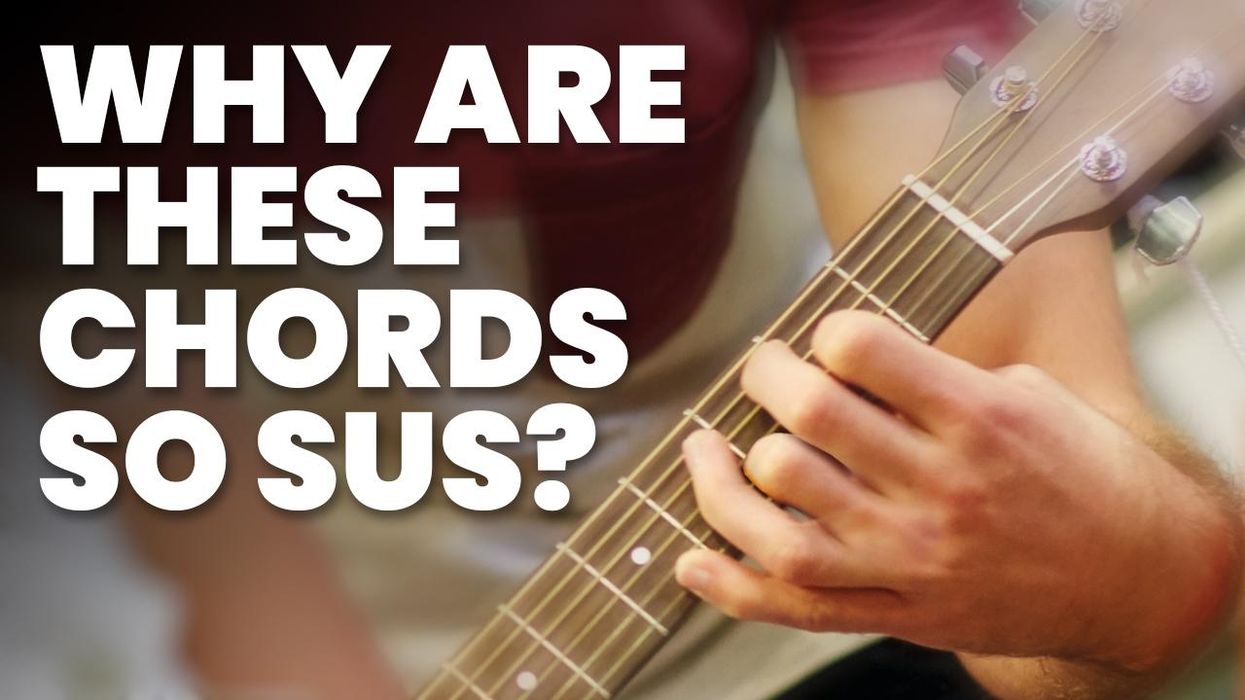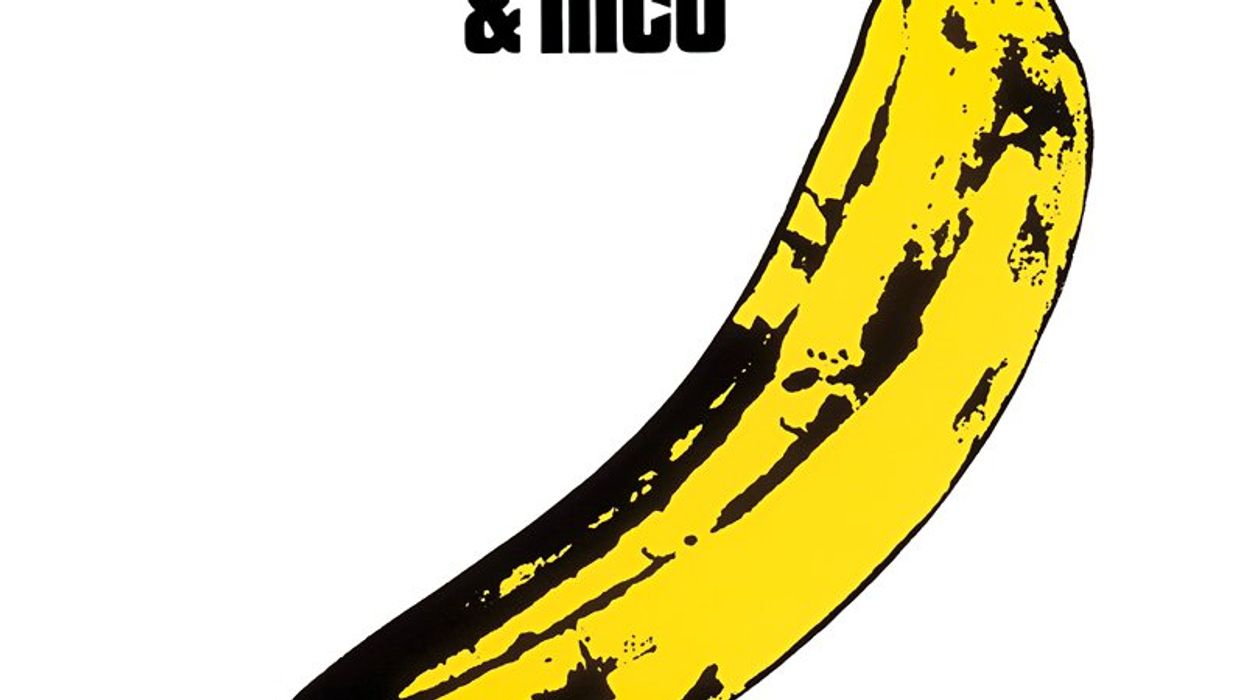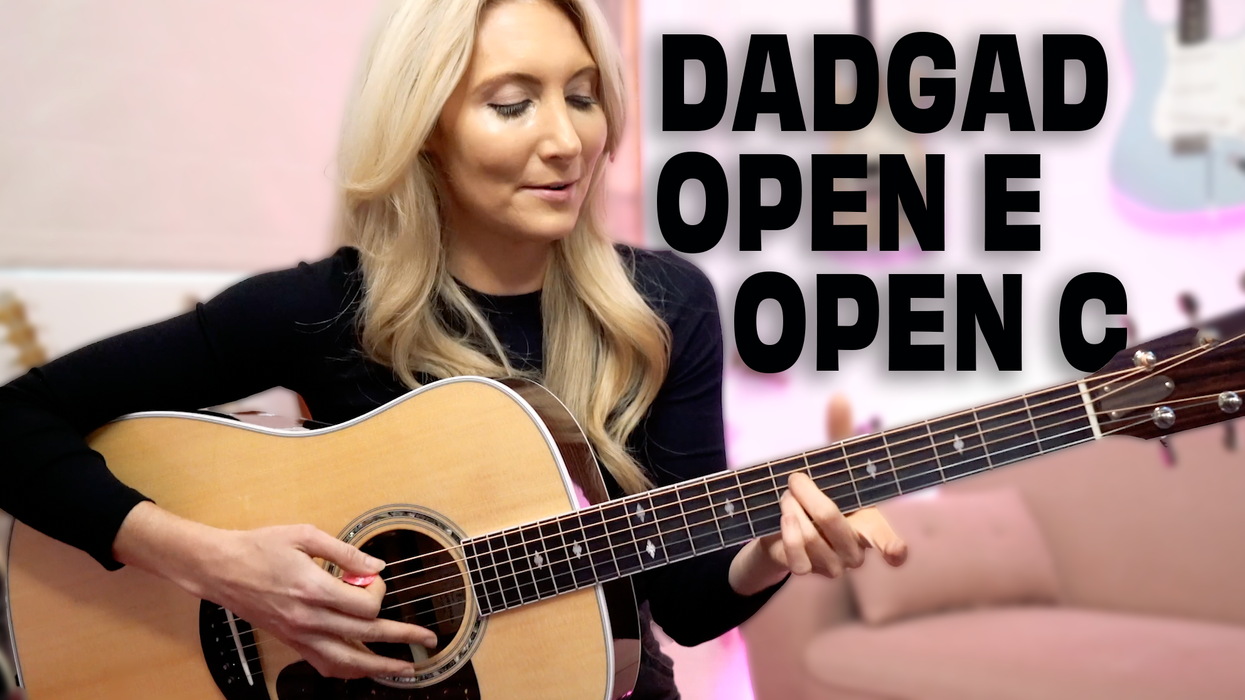Chops: Beginner
Theory: Intermediate
Lesson Overview:
• Learn how to easily transpose songs using a capo.
• Create open-string phrases in “unusual” keys.
• Understand how to use a capo to layer guitar parts with different fingerings.
Click here to download a printable PDF of this lesson's notation.
While capos remain a necessity for the beginner as a workaround for barre chords, they also can enable the fingering of complex open-string voicings that would be impossible in certain keys, and can create the timbre of “high-pitched” guitars for innovative musical arrangements. And of course, capos are also a must-have for those of us duplicating time-honored recorded parts from the rock, folk, and country repertoire.
Many of our favorite guitarists use capos and for a wide variety of reasons. There was a period when jazz legend Tal Farlow detuned and used a capo on the 1st fret to help him reach wide-spanning intervals and chords. Bob Dylan used layered guitars with capos at various fret locations to create thick acoustic guitar textures. Playing such classic rock hits as “Hotel California,” “Landslide,” and “Here Comes the Sun” is almost unthinkable without a capo to help create their signature sounds.
“Unusual” Keys
Capo critics abound, and some folks routinely call capos “cheaters” or otherwise imply that they’re a dastardly device for players who can’t play barre chords. In contrast to this narrow-minded view, consider that a capo is nothing more than a moveable nut. Almost everyone uses open strings. With a capo you can have so many more!
Whether you are experienced or not, being able to change the pitch of the open strings is incredibly valuable to those who know a host of open chords, but need to play in a key that is less friendly for guitarists, such as F, Gb, or Eb. Even if you know barre chords well, they have a distinctly different sound that isn’t always called for.
Here’s a folksy progression using familiar open voicings (Ex. 1). By placing a capo at the 1st fret we get to play in G but hear the music in a new key, in this case Ab. The parenthetical chord names indicate their actual sound—i.e. how you’d identify them for other musicians you might be playing with.
Click here for Ex. 1
If you want to tough it out and use your index finger as a makeshift capo, you’ll end up with an impractical option that is prohibitively challenging to the beginner and just no fun for anyone else. We skipped the audio for this one—just imagine the sound of Ex. 1, but with buzzy notes and awful-sounding transitions (Ex. 2). Go ahead, try it!
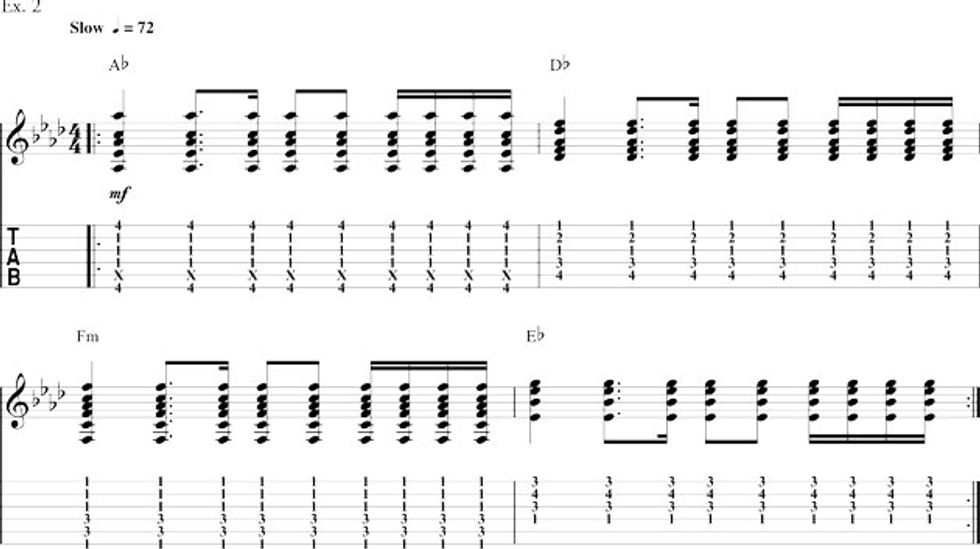
You could try playing this progression using conventional barre chords, a valid option for those who have the requisite technique, but the sound is a fundamentally different aesthetic choice (Ex. 3).
Click here for Ex. 3
Okay, by now you just might be racing off to the local music store, because even overnight delivery of your much-needed capo isn’t fast enough!
Creative Solutions
Capos allow you to use open-string techniques in novel ways, and also execute chords and parts that you couldn’t otherwise physically fret in particular keys.
For example, here’s an overdubbed lead part, layered on top of a simple G minor progression (Ex. 4). The capo is placed at the 3rd fret, so you can play as if it’s in E minor. The freedom the capo affords us here allows for a variety of “impossible” harmonics, open-string licks, and chords.
Click here for Ex. 4
Capo Up for Tone
Anytime you clamp a capo to the fretboard, this changes the guitar’s sound because you’re dealing with a new string scale length. It’s a clever way to create different tones, such as a faux parlor guitar sound, à la Ian Anderson of Jethro Tull (Ex. 5).
Click here for Ex. 5
In the same spirit, a capo at the 5th fret puts us in ukulele territory, especially if we concentrate on the high strings (Ex. 6).
Click here for Ex. 6
Think Outside the Box
There’s new ground to break in genres that have yet to embrace the capo. Here’s an eclectic example using some wide-spanning modern voicings (Ex. 7). Whether you interpret this as making finger-busting chords more playable, a clever timbral choice, or acting out of necessity because of the key, it provides compelling evidence for clamping a capo onto your guitar.
Click here for Ex. 7
Studio Tricks
There’s really no limit to how many ways you can use a capo to enhance recorded guitar parts. Some common ideas are related to layering transposed parts, not unlike the way a capo might be used to make a part more playable for a beginner. For example, let’s take the progression we used in Ex. 1. You could create a thicker and bigger texture by using a capo at various fret locations and transposing the part accordingly. This requires that you understand the harmonic function of the original chords: I–IV–VIm–V.
Let’s decide to play as if in the key of C. We have to figure out where to play a C-type chord voicing that will come out sounding as a G. This means playing the voicing’s root at the 10th fret, so the capo goes at the 7th fret. Now we play the progression in C, which means we fret C–F–Am–G (Ex. 8).
Click here for Ex. 8
Of course, you could also come up with a more creative part. Here is a freer interpretation (Ex. 9), also played in C, but with a couple of simple chord substitutions.
Click here for Ex. 9
Where Do I Put the Capo?
Figuring out where to place a capo can be simple—for instance, looking at a published transcription that notes the placement or by consulting an artist’s performance for a visual cue—or the more complex task of determining just the right location based on knowing the key you want to hear (i.e., the concert key) and figuring out how to relate that to the key you want to “seemingly” play in.
In the case of learning a given song and then using the capo to transpose for vocal reasons (to place the song in a key more suitable for singing), it’s easy to do if the song is slightly too low—just capo up as needed. Trial and error works fine, just go one fret at a time.
It can be more complex if the key is too high. For example, let’s say the song is in C, easy to play, but has a high E and you can only sing a high D. If you do the math, that would mean putting the capo at the 10th fret (to play in concert Bb), which is pretty horrible. So what to do? One viable option is to detune a whole-step. In a way, that’s a “negative” capo. Consider that as a real-world alternative to capoing at the 10th fret or beyond.




